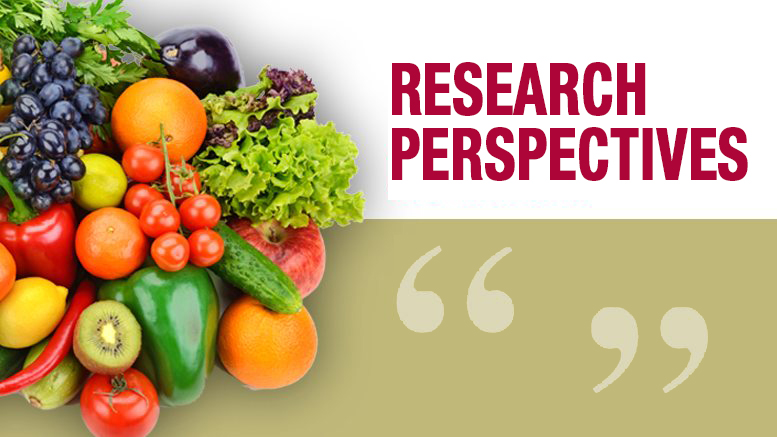Attention to Postharvest Chilling Improves Peach Quality
August 12, 2024 | 4 min to read
Biting into a peach often reveals chilling injury, resulting in a dry, mealy texture due to improper storage at low temperatures. Research at Colorado State University explored the RipeLocker, a hypobaric storage chamber, to mitigate this problem. Studies demonstrated that pre-conditioning fruit before storage improves resilience to chilling injury, resulting in peaches that retained quality and juiciness for up to six weeks. This method could enhance storage practices, maximizing the value of popular peach varieties during peak supply.

There is nothing worse than biting into a peach in the summertime, expecting it to be juicy, only to find it dry and mealy. This phenomenon occurs as a result of a physiological disorder known as “chilling injury,” and is a result of peaches being stored for too long and/or at too cold of temperatures.
Storing peaches can be a challenging notion, as they can soften rapidly, get bruised when too ripe, can experience damage if held in the “killing zone” of 36-45 degrees F and/or stored too long (i.e., more than two weeks) at these cold temperatures when the fruit is not fully ripe. This is when chilling injury and mealiness can set in.
This physiological disorder will present a mealy, woolly, gritty texture to the consumer when the fruit is eaten. This occurs as the cell walls are damaged, causing the breakdown of components like pectin, which holds cells together, providing a smooth texture.
Storing peaches in good condition can add value to a growing/packing operation by capitalizing on optimal market conditions and ideal peach genetics.
As these cells break down, a woolly, stringy texture is created, and extracellular water (i.e., juiciness) is released and the peach dries out. This results in a dry and fibrous eating experience.
The RipeLocker (controlled, pallet-sized, hypobaric storage chamber) was evaluated for its ability to mitigate this disorder, along with maintaining other fruit quality attributes relevant for growers, packers and consumers over extended storage durations.
A series of studies was conducted in the summer of 2023, in collaboration with Dr. Ioannis Minas’ Pomology Lab at Colorado State University, across several peach varieties and RipeLocker storage conditions.
An additional factor that was included in the studies, was “pre-conditioning,” which was developed by Minas as a method to briefly accelerate ripening immediately before storage, as riper fruit have a greater resilience against chilling injury. This is because riper fruit have stronger cell walls and higher sugar content, which lowers the freezing point of the cells and better prevents cold damage.
Optimal storage conditions were determined through a series of tests, which yielded great post-harvest performance of stored peaches after four to six weeks of storage. After four weeks of storage, the fruit experienced no weight loss, retained at-harvest maturity (evaluated by background color) and quality (evaluated by flesh firmness, soluble solids concentration and dry matter content).

PHOTO COURTESY BRENDON ANTHONY
The internal flesh color of peaches exiting the storage chamber after four weeks was yellow, with no browning and no chilling injury observed. Similar results were repeated three times throughout the season across four different varieties.
To push the barrier on peach storage, one study was extended to six weeks. At six weeks, the storage chamber treatment that was combined with pre-conditioning showed a synergistic benefit, which produced peaches in excellent condition upon opening the chambers. There was little to no browning, lots of juice present in the fruit, and it was free of chilling injury.
At this time point, these fruit from the storage chamber had softened slightly and the background color had advanced a bit more, however, it was significantly less than the control fruit that had been held under ambient pressure conditions (i.e., regular atmosphere).
Now, holding peaches for six weeks may not always be necessary, as there are so many varieties that exist today. As a result, genetics are usually used to bridge supply gaps instead of extended storage durations. However, there is certainly a need for storage in times of peak supply and low prices. The need to maintain the fruit in good condition during this time to “flatten the peak” is critical, as to not erode consumer perception of one of summer’s greatest fruits.
Additionally, some varieties simply produce more, are better preferred by retailers/consumers, and/or may have certain abiotic/biotic resistances that make them more desirable to be produced than others.
By being able to store these critical and more popular varieties longer, one might envision being able to forego planting other worse varieties that you typically only need because of its gap-filling harvest window. Storing peaches in good condition can add value to a growing/packing operation by capitalizing on these optimal market conditions and ideal peach genetics.

Anthony received his M.S. from Washington State University, where his research was focused on optimizing management and quality for “Cosmic Crisp.” During his fellowship in horticulture at Colorado State University, his research was focused on understanding peach fruit quality development and its connection with its molecular and biochemical characteristics. He has extensive applied and industry-oriented research experience in fruit physiology, quality and metabolomics.
8 of 15 article in Produce Business August 2024

